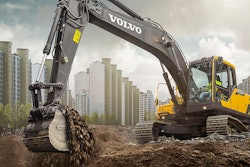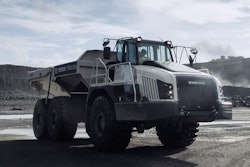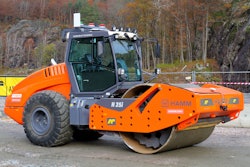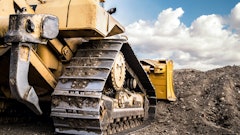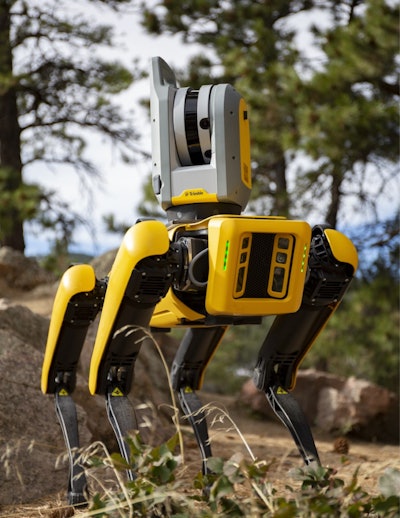
Trimble, Hilti and Boston Dynamics have announced a collaboration to explore the integration of Trimble’s and Hilti’s construction management software solutions, GNSS technology and reality capture devices with Boston Dynamics’ Spot Robot platform.
Autonomous robots can play a significant role in construction, specifically in production and quality control workflows by enabling automation of routine and tedious tasks, reducing workload and improving safety. The companies will collaborate to develop a “proof-of-concept” solution.
Equipped with Trimble’s and Hilti’s reality capture devices as its payload and directly communicating with a cloud-based construction management application, the Boston Dynamics Spot Robot will be able to provide consistent output, deliver improved efficiency on repeatable tasks and enable up-to-date as-built data analysis. The autonomous, terrain-agnostic capabilities support the dynamic nature of the construction environment, enabling the robot to by-pass obstacles and maintain its defined path to support routine tasks such as daily site scans, progress monitoring, asset management and remote support. Multi-directional communication between the robot, Trimble’s and Hilti’s payloads and the cloud application support a continuous flow of information and closes the loop for the construction environment.
Similar robotic concepts are under development for the agricultural industry, as well. AGCO's Xaver system, for instance, uses the small robots—operating in a swarm—along with cloud-based communication to plan, monitor and record the precise position and planting time of each corn seed. Robotic swarms like these higher productivity due to the increased number of units working in the field; a higher quality of work from precise and repeatable operation; the complete elimination of human fatigue; lower cost of daily operation; and the significantly reduced risk of operator injury.
The robots also use much less energy than traditional equipment and produce fewer emissions.
Read the article Will Robots Take Over the Farm? to learn more.
Autonomous robots can provide many opportunities for a variety of heavy-duty off-road applications.
“Utilizing robots for routine tasks in hazardous environments to improve safety, efficiency, and data capture consistency is part of our digital transformation vision,” says Aviad Almagor, Senior Director for Mixed Reality and Brain-Computer Interface (BCI) at Trimble. “We are excited for this latest collaboration and looking forward to the potential integration of our hardware and software solutions with the Boston Dynamics’ Spot Robot to enhance field-oriented workflows, reduce amount of rework and facilitate on-site tasks.”
“Trimble’s and Hilti’s domain knowledge, market leadership and technologies are a great fit for our robotic platform,” says Michael Perry, Vice President of Business Development at Boston Dynamics. “Deploying an integrated solution in the real-world environment doing dirty and dangerous work, before, during and after the construction stage is a common vision for the three companies, which can help drive the transformation of the construction industry.”





